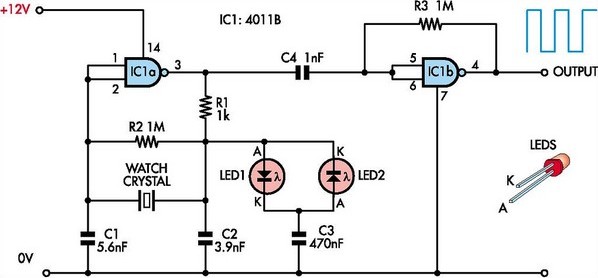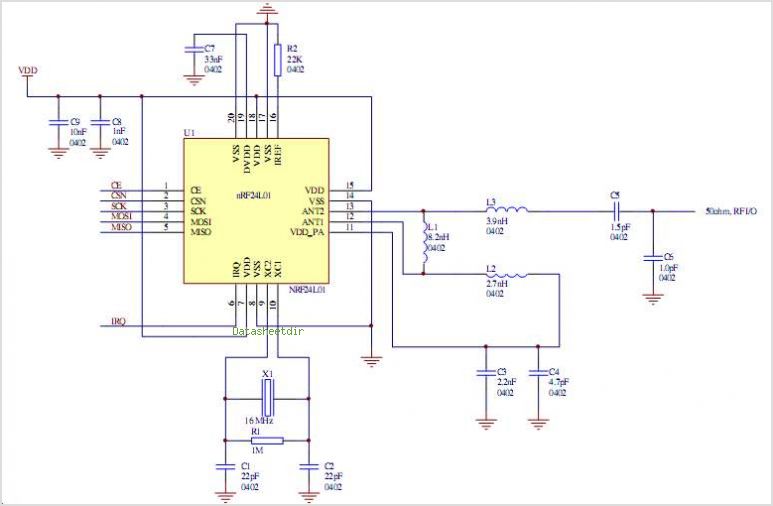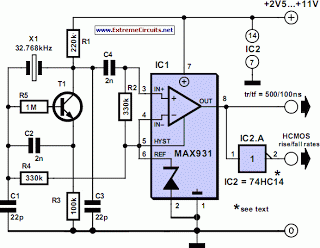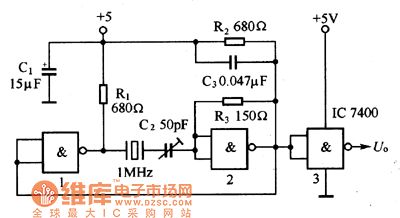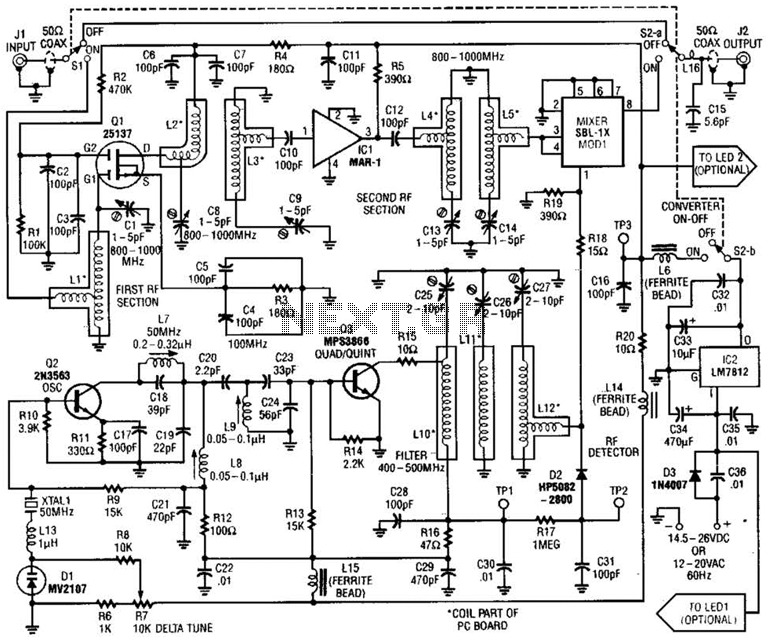
10 MHz to 1 GHz Oscillator
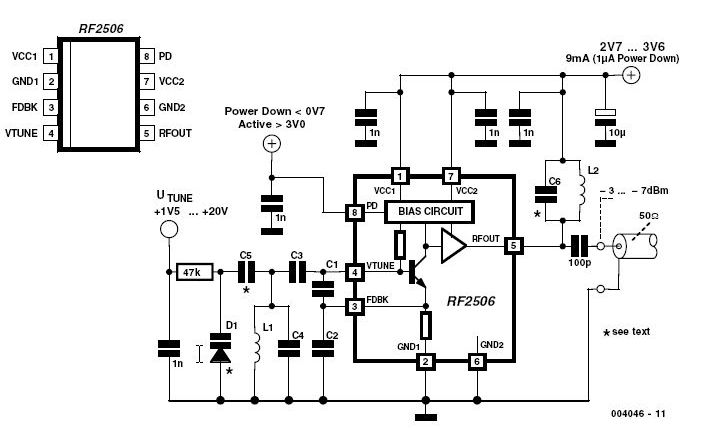
Nowadays, it is no longer necessary to use discrete components to build oscillators. Instead, many manufacturers provide ready-made voltage-controlled oscillators.
In contemporary electronic design, the reliance on discrete components for oscillator construction has diminished significantly. The availability of integrated voltage-controlled oscillators (VCOs) has streamlined the design process, allowing engineers to incorporate oscillation functionality with greater efficiency and reliability. These VCOs are designed to generate a periodic waveform output that can be adjusted based on an input control voltage, making them versatile for various applications, including frequency modulation, phase-locked loops, and signal generation.
Typically, a voltage-controlled oscillator consists of several key components: a voltage-to-frequency converter, a feedback loop, and an output stage. The voltage-to-frequency converter translates the input control voltage into a frequency output, which is then fed back into the oscillator circuit to maintain stability and accuracy. The feedback loop ensures that the output frequency remains consistent despite variations in the control voltage. The output stage is responsible for driving the load, providing a clean and stable waveform suitable for further processing.
When selecting a VCO for a specific application, several parameters must be considered, including frequency range, tuning sensitivity, phase noise, and power consumption. Manufacturers often provide detailed specifications and application notes to assist engineers in choosing the appropriate VCO for their designs. Furthermore, many VCOs come in compact packages, allowing for easy integration into space-constrained environments.
Overall, the shift towards using integrated voltage-controlled oscillators has not only simplified the design process but has also enhanced the performance and reliability of electronic systems that require precise oscillation capabilities.Nowadays, it is no longer necessary to use discrete components to build oscillators. Instead, many manufacturers provide ready-made voltage-controlled osci.. 🔗 External reference
In contemporary electronic design, the reliance on discrete components for oscillator construction has diminished significantly. The availability of integrated voltage-controlled oscillators (VCOs) has streamlined the design process, allowing engineers to incorporate oscillation functionality with greater efficiency and reliability. These VCOs are designed to generate a periodic waveform output that can be adjusted based on an input control voltage, making them versatile for various applications, including frequency modulation, phase-locked loops, and signal generation.
Typically, a voltage-controlled oscillator consists of several key components: a voltage-to-frequency converter, a feedback loop, and an output stage. The voltage-to-frequency converter translates the input control voltage into a frequency output, which is then fed back into the oscillator circuit to maintain stability and accuracy. The feedback loop ensures that the output frequency remains consistent despite variations in the control voltage. The output stage is responsible for driving the load, providing a clean and stable waveform suitable for further processing.
When selecting a VCO for a specific application, several parameters must be considered, including frequency range, tuning sensitivity, phase noise, and power consumption. Manufacturers often provide detailed specifications and application notes to assist engineers in choosing the appropriate VCO for their designs. Furthermore, many VCOs come in compact packages, allowing for easy integration into space-constrained environments.
Overall, the shift towards using integrated voltage-controlled oscillators has not only simplified the design process but has also enhanced the performance and reliability of electronic systems that require precise oscillation capabilities.Nowadays, it is no longer necessary to use discrete components to build oscillators. Instead, many manufacturers provide ready-made voltage-controlled osci.. 🔗 External reference
